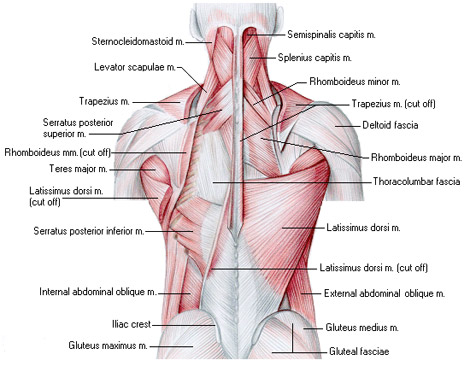This exercise is, from many peoples perspective, one ideal sign of overall strength. It’s an exercise that can only be performed when you have the right strength to weight ratio, the right relative strength, and definitely an exercise not for the feint of heart.
It’s one that a lot of people can find challenging for technique perfection. Which can make it easy to be, in a lot of ways, screwed up to the point where you can inflict unwanted wear and tear on your precious temple of a body.
And really, there’s nothing worse than hurting your body along with not even receiving maximum training response, right? Exactly
What is this amazing, yet challenging exercise you ask? Was there too much suspense in the introduction? Three words, my friends: the chin up.
But, what if you can’t do them? Or are too scared to perform them? Perhaps you’re stuck at ways to add them into your skill bank? Or even all of the above? No problem.
Today, simply by continuing to read this very article, you’re going to learn the correct way to perform them, regressions for building yourself up to them, and even a progression to try when a set of 10 reps is no drama to perform in the conventional way.
And just one more thing before we get into it. It goes without saying, but no one likes the guy that just does half reps on any movement. I’m sure when you witness someone doing them on chin ups, an inevitable eye roll is probably your go-to.
So, if you’re ready to be the next awe-inspiring and non-embarrassing gym-goer, let’s get underway.
Press Start.
Like any movement, activation of the right muscles and performing them is key. But to not go into too much detail and bore you, let me give you the main points.
For optimal chin up movement and performance, the back muscles want to be the prime movers. Not the arms. Of course the arms will help, there’s no getting around that, but to not waste your energy (and time), creating the movement from your torsos posterior chain will be a lot more beneficial for any gain you are seeking.

Keeping in mind that starting at a complete hang with your arms extended should always occur, and the amortization (the midpoint) phase should entail your chin higher than the bar, your chest touching, your shoulder blades pulled back and down, and your elbows tucking in pretty tight to your body.
Cool? Now let’s get into some super easy regressions to get you there.
Number One.
The inverted row is a great place to start you on the path to chin up mastery. And its such an easy exercise to perform.
By positioning your feet further away from below the bar, you will increase the challenge. And the closer, the easier the movement will be.
Always focus on getting those shoulders back and down as you initiate the lifting of your body, touch your chest to the bar, and return under control.
Your aim is also to not thrust your hips up to create the movement also. Easy enough, right?
Number Two.
It mightn’t seem like this next one will actually improve your chin up ability, but before you knock it, give it a try. By cycling this in for a 4-week block once to twice a week in replacement of your stalled progress on the resistance band assisted chin ups, I guarantee you’re going to build the strength required to progress to the next level.
Focusing on staying completely still and close to the bar (yep, with your chest touching), and shoulders back and down, you’ll be building the exact strength and mobility required in the amortization phase of the movement. Perfetto.
Number Three.
Next up we can start progressing into more of a traditional chin-up style exercise in the form of chin-up eccentrics.
By focusing on a super slow descent, you’re going to build the correct upper body strength required to perform the lift in the concentric phase.
Don’t forget, your main focus is still to touch your chest on the bar, and pull your shoulders back and down.
One Progression.
Calling this next one a progression, might be wrong, but if you’re interested in changing your upper body pulling strength movement up a little bit, moving to the rings might give you that next level of strength.
This one can be a lot nicer to your joints as your body is free to do what it prefers to do, rather than be in more of a strict hold like you get on the bar.
Take this with a grain of salt though. And if you don’t have the proper foundation to perform this one, you might just stall or hinder your progress and results.
Whilst it may take a bit of work to get to the level of being able to bust out 3 sets of 10 reps, you can’t argue with the fact that is a great sign of overall strength.
Give these regressions a go and drop any Q’s below.


